Questionhi i am thinking about getting a labrador i wanted a older dog, but havent managed to get one so my friend has offered me one of her puppies which is also a labrador...i hear such terrible stories of chewing etc and dont want my house to be in pieces!what would be the best way to handle chewing and what would i need to do?i have read somew answers about crates are these cruel?as dogs do need space dont they?please help me!
AnswerWhile the crate is the best answer to the chewing, don't think of it as cruel. Many people fail to understant that dogs are different from people. What dogs don't like is being left alone. It is only natural that a puppy resists its crate at first. What the puppy wants more than anything else is to be others, you, anyone else in the household, and any other pets. In our modern society, even if we are home, other things distract us from the attention an uncrated puppy must have. The only real solution is to crate the dog when you aren't around. The dog may be happier in its den than loose in the house. It relaxes, it feels safe in its den. It rests, the body slows down reducing the need for water and relieving its self. Dogs that have been crated all along do very well. Many of them will rest in their crates even when the door is open. I think the plastic ones give the dog more of a safe, enclosed den feeling. Metal ones can be put in a corner or covered with something the dog can't pull in and chew. Select a crate just big enough for the full grown dog to stretch out in.
Leave it some toys. Perhaps a Kong filled with peanut butter. Don't leave anything in the crate the dog might chew up. It will do fine without even any bedding. You will come home to a safe dog and a house you can enjoy.
A dog that has not been crated since it was little, may take some work. Start out just putting its toys and treats in the crate. Praise it for going in. Feed it in the crate. This is also an easy way to maintain order at feeding time for more than one dog.
The "shut the puppy in a safe room" is a fallacy. Very few houses even have a safe room. How many of us have a room with a hard surfaced floor and nothing else? Most rooms have electrical cords to chew if nothing else. In addition to destroying anything a bored puppy finds to chew, it may choke or have intestinal blockage from the pieces. I had a friend that left her dog in a "safe" room. It ate a hole in the floor covering. The safe rooms fail to give the dog the comfort of the enclosed space their instinct requires. Nor do they restrict activity extending the time the dog can go without relieving itself.
Likely it will cry the first few nights in the crate. I have never had much luck with the old clock or radio tricks. What I do is lay down by the crate like I was going to sleep there. Usually a puppy may fuss a little, but then settle down and go to sleep. Once it is asleep, you can get up and go to bed.
If you do take the puppy, post back with other questions you may have. You might take another look at the older dogs idea. There are many find older dogs needing a home. One of the best sources for dogs with a predictable personality is the rescue dogs. These are dogs that lost their home, but were taken into a foster home to be retrained as necessary and placed in the right home for them. You may find a rescue near you starting at http://www.akc.org/breeds/rescue.cfm The rescues charge a fee to help cover their expenses, but is much less than the price of a puppy plus all its medical expenses the first year. Check www.petfinders.org too.

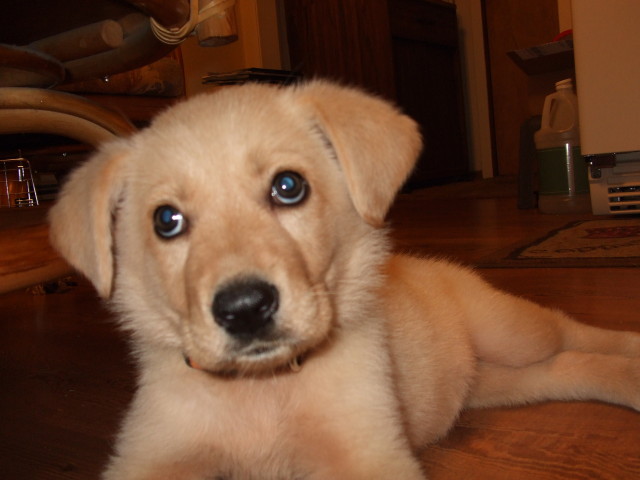 Young pup drinks too much
Question
Hi, Im Roxy & I have
I recently adopted a
Young pup drinks too much
Question
Hi, Im Roxy & I have
I recently adopted a
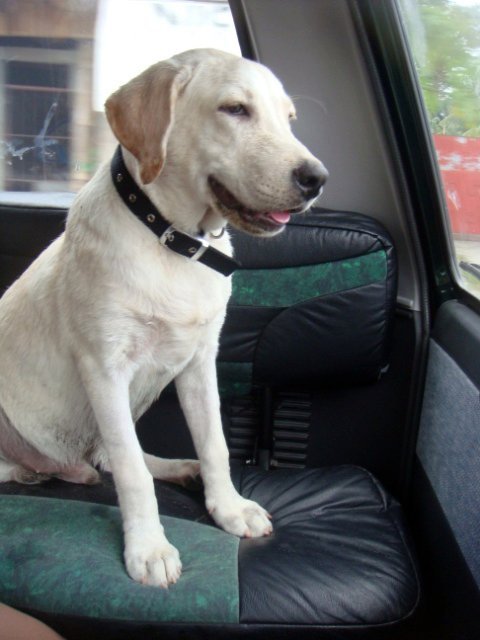 Dog breed
Question
Puto.
We have crossed bred dogs in the house a
Dog breed
Question
Puto.
We have crossed bred dogs in the house a
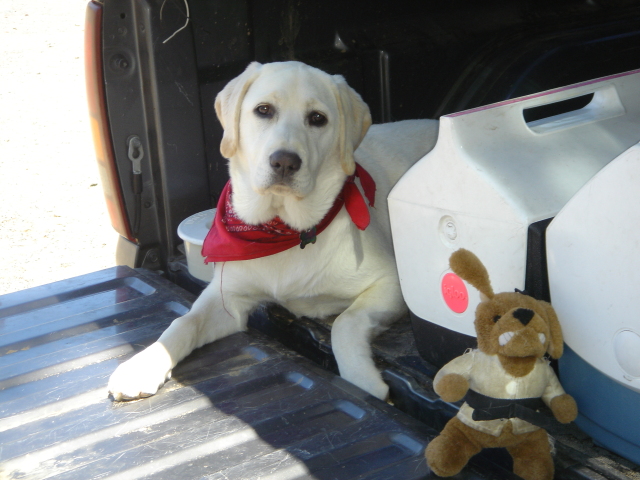 Diet
Question
Lucy and her toy
My yellow lab is about 1 year
Diet
Question
Lucy and her toy
My yellow lab is about 1 year
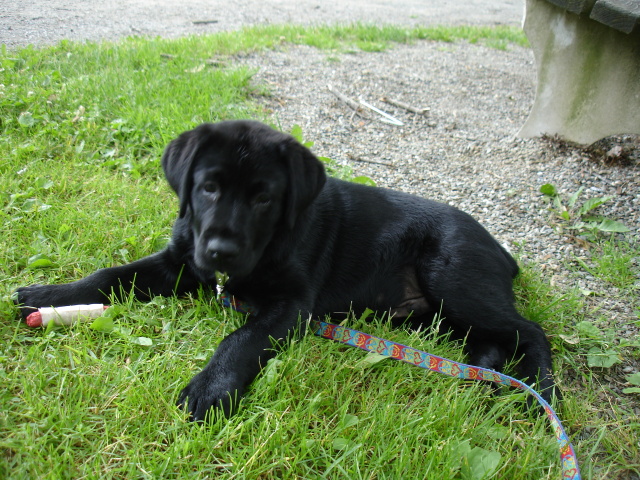 Is my lab puppy growing to fast?
Questionjust hanging out!
QUESTION: I recently t
Is my lab puppy growing to fast?
Questionjust hanging out!
QUESTION: I recently t
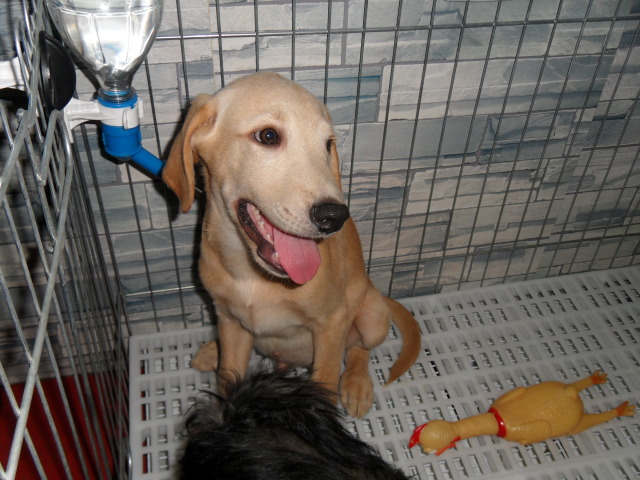 Is my dog a pure-bred lab?
Question
Sort of top view
Hi. I recently received
Is my dog a pure-bred lab?
Question
Sort of top view
Hi. I recently received